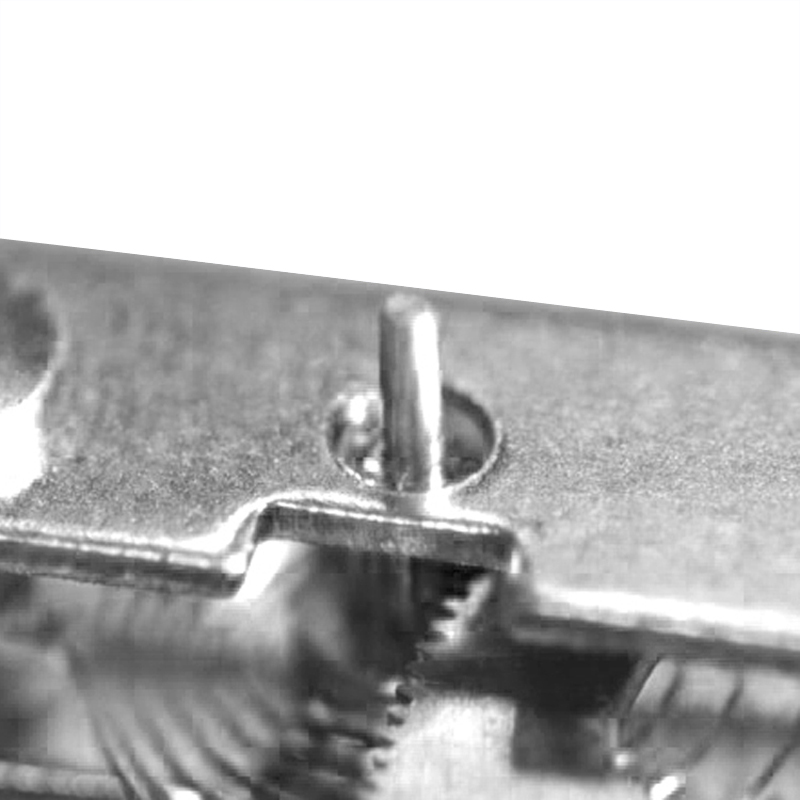
Nov . 04, 2024 18:11 Back to list
Service Guide for Diaphragm Protection Pressure Gauges and Maintenance Tips
Understanding Diaphragm Protection Pressure Gauges
Diaphragm protection pressure gauges are specialized instruments designed to measure pressure in various industrial applications while ensuring the safety and integrity of both the gauge and the process. These gauges are essential in industries such as chemical processing, oil and gas, water treatment, and food and beverage manufacturing, where pressure measurement is crucial for operational safety and efficiency.
The Functionality of Diaphragm Protection
At the core of diaphragm protection pressure gauges is the diaphragm itself—a flexible membrane that separates the measurement element from the process medium. This design allows the gauge to measure pressure without direct contact with the potentially corrosive, viscous, or high-temperature fluids. The diaphragm deforms in response to pressure changes, and this deformation is transferred to a mechanical or electronic transducer that converts it into a readable pressure value.
The primary advantage of using a diaphragm protection system is its ability to protect the internal components of the gauge from the harsh conditions often associated with industrial processes. This helps to extend the lifespan of the pressure gauge and improve the accuracy of pressure readings.
Key Features
1. Corrosion Resistance Diaphragm pressure gauges are often made from materials such as stainless steel, Hastelloy, or other alloys that offer excellent resistance to corrosion. This is particularly vital in chemical processing where toxic or corrosive substances are involved.
2. Temperature Stability Many diaphragm gauges can handle extreme temperatures, which is essential in applications where process temperatures fluctuate significantly. Manufacturers often employ various diaphragm materials and designs to optimize the gauge’s thermal performance.
3. Viscous and Slurry Applications The diaphragm design effectively prevents clogging during the measurement of viscous fluids or slurries. This feature ensures that the gauge remains functional even in challenging conditions.
4. Ease of Installation and Maintenance With their simple design, diaphragm protection gauges are generally easier to install and maintain than traditional gauges. They often come with flange or threaded connections that allow for quick and secure installation.
Applications
The applications of diaphragm protection pressure gauges are vast. Here are a few notable examples
diaphragm protection pressure gauge service

1. Chemical Manufacturing In chemical plants, pressure gauges monitor the pressure inside reactors, ensuring safe operating conditions. Diaphragm protection helps avoid contamination by isolating the gauge from corrosive chemicals.
2. Oil and Gas In the oil and gas industry, pressures can reach extreme levels. Diaphragm gauges provide reliable measurements for the extraction, refining, and distribution of oil and gas.
3. Water Treatment In water treatment facilities, these gauges monitor the pressure at various stages of the purification process, ensuring that systems function efficiently and within safe limits.
4. Pharmaceuticals In the pharmaceutical industry, stringent regulations require precise monitoring and control of pressures throughout the manufacturing process. Diaphragm gauges offer the reliability needed in these highly regulated environments.
Service and Maintenance
To ensure optimal performance, regular maintenance of diaphragm protection pressure gauges is essential. This includes
- Calibration Regular calibration is crucial to maintain accuracy. Periodic checks against known standards help identify discrepancies in measurements.
- Inspection Visual inspections for signs of wear, corrosion, or damage can help preempt failures. Regularly checking the integrity of the diaphragm and connections is vital.
- Cleaning Cleaning the gauge can prevent clogging, especially when measuring viscous or particulate-laden fluids. Proper procedures should be followed to avoid damaging sensitive components.
Conclusion
Diaphragm protection pressure gauges are integral to many industrial processes, providing safe, accurate measurements while protecting gauge components from harsh conditions. Their unique design characteristics, versatility, and reliability make them a preferred choice across various sectors. Understanding their operational principles and maintenance requirements ensures that industries can optimize their processes effectively while maintaining safety standards. As technology advances, diaphragm protection pressure gauges will undoubtedly continue to evolve, providing even greater reliability and precision for critical applications in the future.
-
High-Precision 5 Valve Manifold Differential Pressure Gauge Suppliers
NewsApr.29,2025
-
High-Precision Diaphragm Vacuum Pressure Gauges Manufacturers & Quotes
NewsApr.29,2025
-
Omega Differential Pressure Gauges High Accuracy & Durability
NewsApr.28,2025
-
Low Pressure Differential Pressure Gauges Precision Solutions & Quotes
NewsApr.28,2025
-
Digital Diaphragm Pressure Gaauge Precision Measurement & OEM Quotes
NewsApr.28,2025
-
Differential Pressure Gauge China Price High-Accuracy & Best Quotes
NewsApr.28,2025
